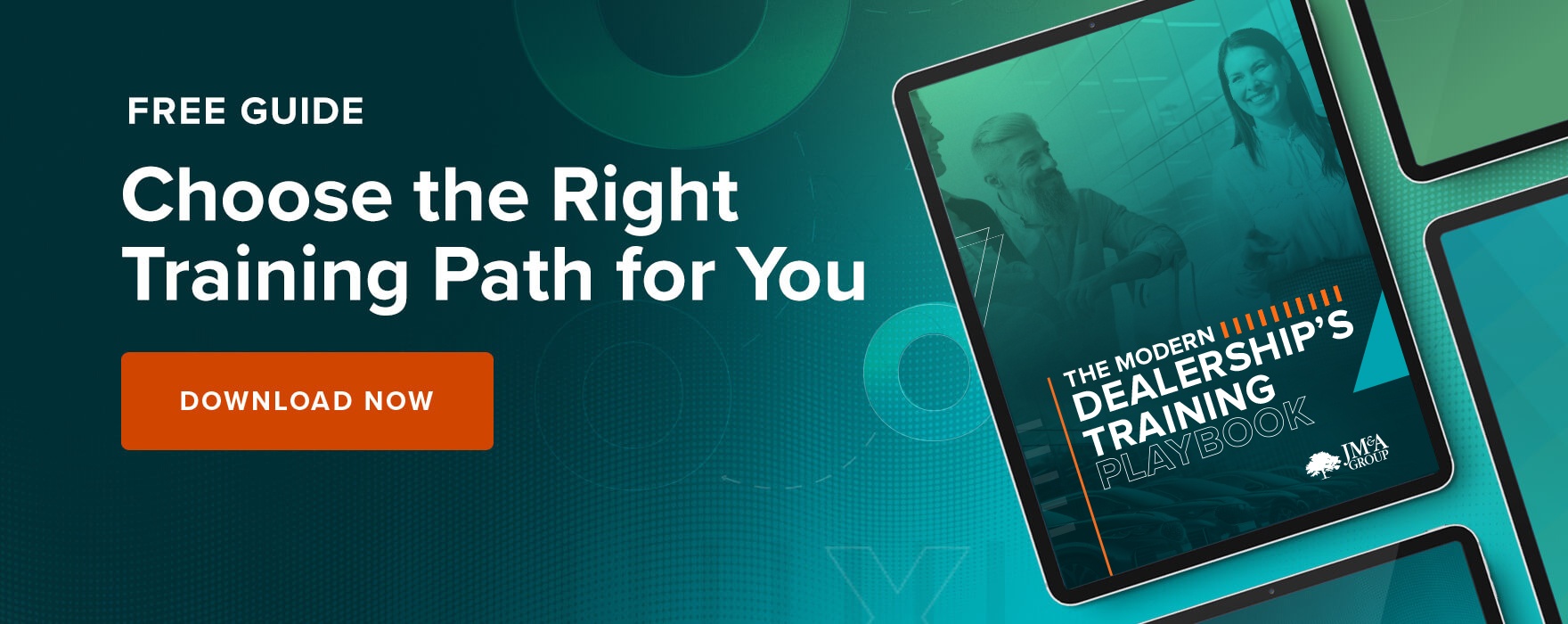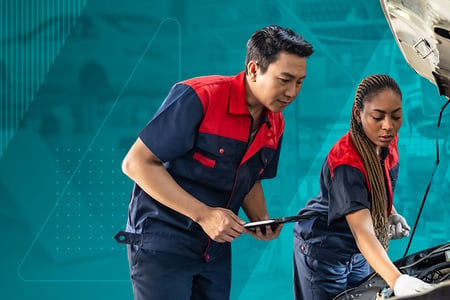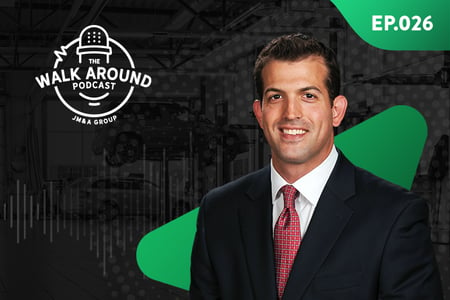Ten Tips to Communicate More Effectively with Customers
We all know this: Effective customer communication is the cornerstone of any successful business transaction.
Dealer personnel who are able to consistently and effectively communicate with their customers enjoy stronger relationships and increased sales success.
But in today’s fast-paced, connected world with so many communication channels available – telephone, email, texting, instant messaging, etc. – a few key communication skills are sometimes overlooked.
To maximize your communication with customers, remember these 10 vital points
1: Listen actively
Effective communication starts with being a good listener. Focus on what the customer is saying rather than trying to figure out your own response. This is a key component for any great salesman.
Use body language tactics such as mirroring, or small phrases like “I see” to demonstrate that you are paying attention.
If you are with the customer, be sure to maintain eye contact. This can be really hard to do when your store is jammed packed during busy seasons, but this small step helps customers feel like you care about their time.
When the customer has finished talking, repeat what you think you heard to double check you clearly understood their message before you respond.
2: Don’t interrupt
Interrupting your customers will not only upset them but can also limit your ability to communicate effectively.
Simply allowing the customer to finish their thought before you respond could even lead to more information that helps you or your team drive a sale.
It’s undisputable - we have more access to information now than ever before, which means customers are armed with more details about car buying. Giving them a chance to speak not only demonstrates respect but also shows you really understand the point the customer is trying to make.
3: Use easy-to-understand words, not industry terms or jargon
Using phrases such as “Turnover” or “the Desk” may seem obvious to anyone working at the dealership, but to a customer, you may as well be speaking gibberish.
To effectively communicate, you need to use words and phrases that the customer will easily understand - focus on being clear and concise.
4: Use professional wording, not texting terms when communicating digitally
Every customer is different.
Which means the way you communicate needs to be tailored to your audience.
Try to get a read on the customer… if they are willing to work with you over text, you still may want to avoid using acronyms like BTW (by the way) or TTYL (talk to you later). Taking the time to be clear, helps show respect.
You may have many prospects at one time, but to the buyer, you are the face of the dealership. Put in the extra moment and clearly write what you are trying to say.
5: Demonstrate courtesy
It’s very easy to ask questions in such a way that makes it look like you’re demanding a customer’s response.
For example, asking “VIN?” is less courteous than “Can I have your VIN please?”
Although this seems like a simple change, asking questions in a polite and professional way goes a long way towards demonstrating high-quality customer service.
At the start of your relationship with each customer, take the time to ask, “What is the best way to stay in touch with you?
6: Use positive, not negative statements
Customers want to hear what you can do to help them, rather than what you can’t do. The way you phrase things can directly impact their impression of you, your department and your dealership.
So instead of saying, “I can’t give you your specific rate unless I run your credit,” try, “I can provide you with your specific rate if you allow me to run your credit.”
By addressing your customer with positively, you can reduce the number of roadblocks on the path to purchase.
7: Be aware of words or phrases that can lead to a defensive reaction
You also want to be aware of phrases that might inadvertently create a defensive or resistant reaction from your customer.
For example, avoid using the word “you” too often. Instead of saying, “You have to speak louder,” say, “I’m having a hard time hearing you.”
By changing the words from “you” to “I”, you help keep the customer in a positive mindset and the communication channels flowing.
8: Limit background noise and distractions
Be aware of what’s going on around you when you communicate. Are there a lot of background noises or events happening nearby that could distract you or the customer from focusing on each other?
If you are in a noisy or busy area, try moving to a quieter location. Whether you are speaking with a customer on the phone or in person, being in a quiet location where you can focus will benefit both of you.
9: Don’t underestimate the importance of the buyer experience
In today’s tech-driven world, it’s easy to discount the value of a personal touch.
But there’s still something about experiencing someone taking that extra effort for you, mailing a follow-up letter, or even sending the customer a birthday card that really goes a long way toward building loyalty and strengthening your communication skills.
And finally…
Most importantly…
10: Ask the customer how THEY prefer to communicate
While it may be easier for you to manage email, your customer might prefer text messages. Or the customer might have a limited texting plan on their phone and actually get upset if you constantly bombard them with text messages.
At the start of your relationship with each customer, take the time to ask, “What is the best way to stay in touch with you? Would you rather I call, email or text you?” This simple question can go a long way in helping you communicate more effectively with your customers.
For those looking to forge a successful career in the automotive industry, understanding the intricacies of effective communication is paramount. At the heart of each sale, service exchange, or leadership decision lies the principle of clear, respectful and tailored communication.
At JM&A Group, we believe that behind every successful dealership transaction, there's a story of effective dialogue, understanding, and mutual respect. This is not just about knowing when to send an email versus a text or understanding the specifics on a product. It's about the deeper art of listening, showing empathy, and creating a connection.
Embrace the principles, refine your skills, and let's drive forward together, one successful conversation at a time.









